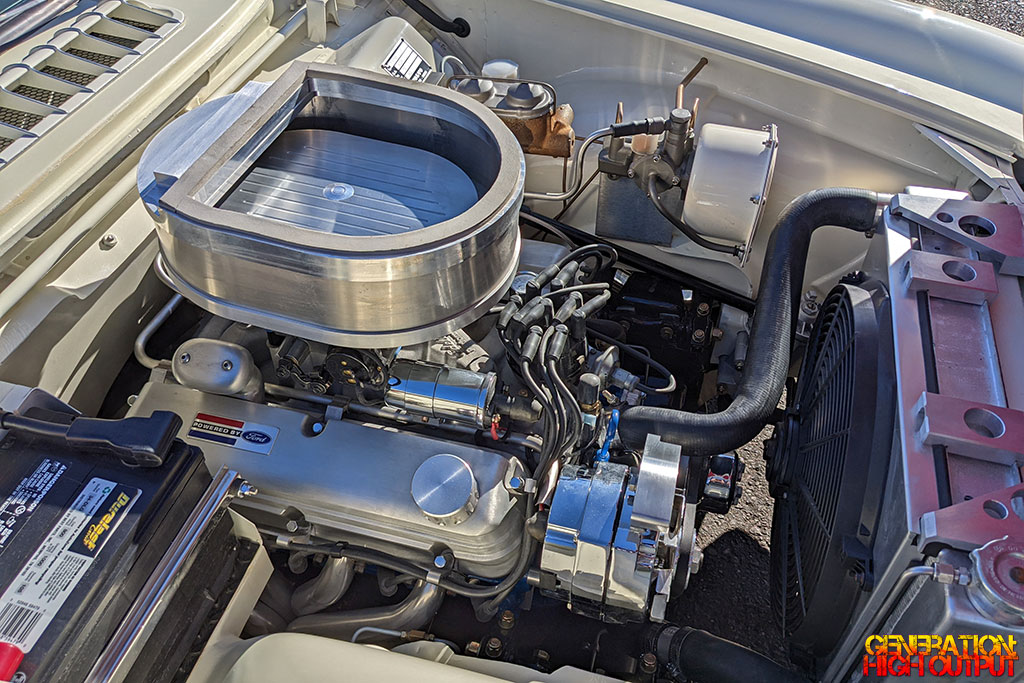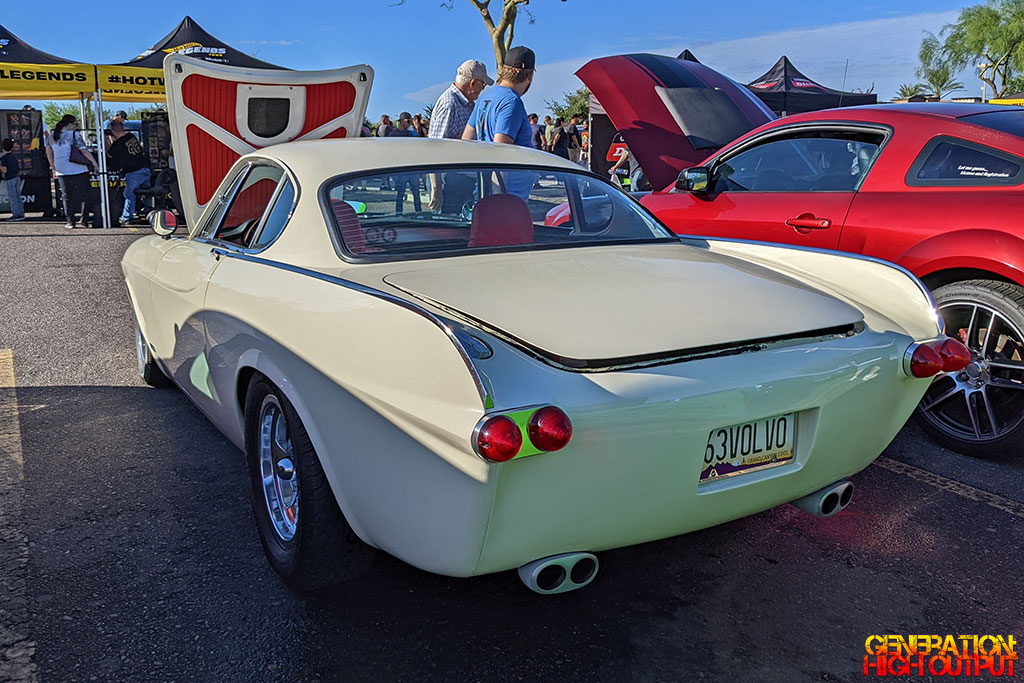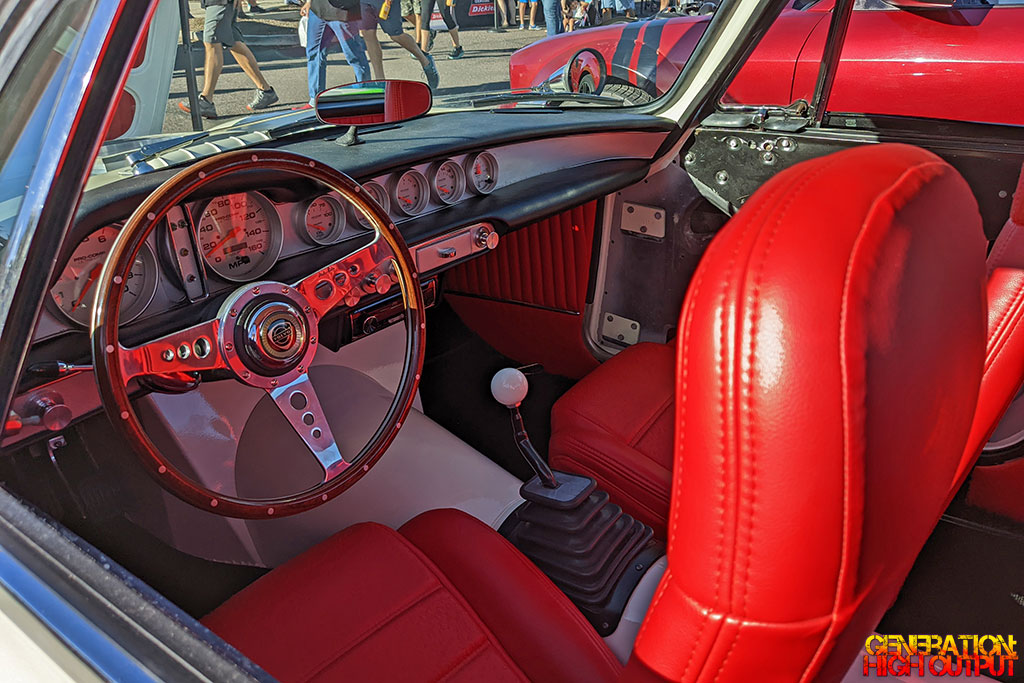 For those rearders not familiar with Cyan Racing, here is a quick background to get you up to speed. The group was founded in 1996 and was originally known as Flash Engineering. From 2005-2015 they were known as Polestar, until Volvo Cars acquired the performance section.
For those rearders not familiar with Cyan Racing, here is a quick background to get you up to speed. The group was founded in 1996 and was originally known as Flash Engineering. From 2005-2015 they were known as Polestar, until Volvo Cars acquired the performance section.
Cyan Racing is based in Sweden and is privately owned and operated. The race team is well known for turning out World Touring Car Cup (WTCR) winning vehicles.
In 2020, the company launched a road-legal restomod car called the Volvo P1800 Cyan. This is their interpretation of the iconic Volvo sports car from the 1960s. 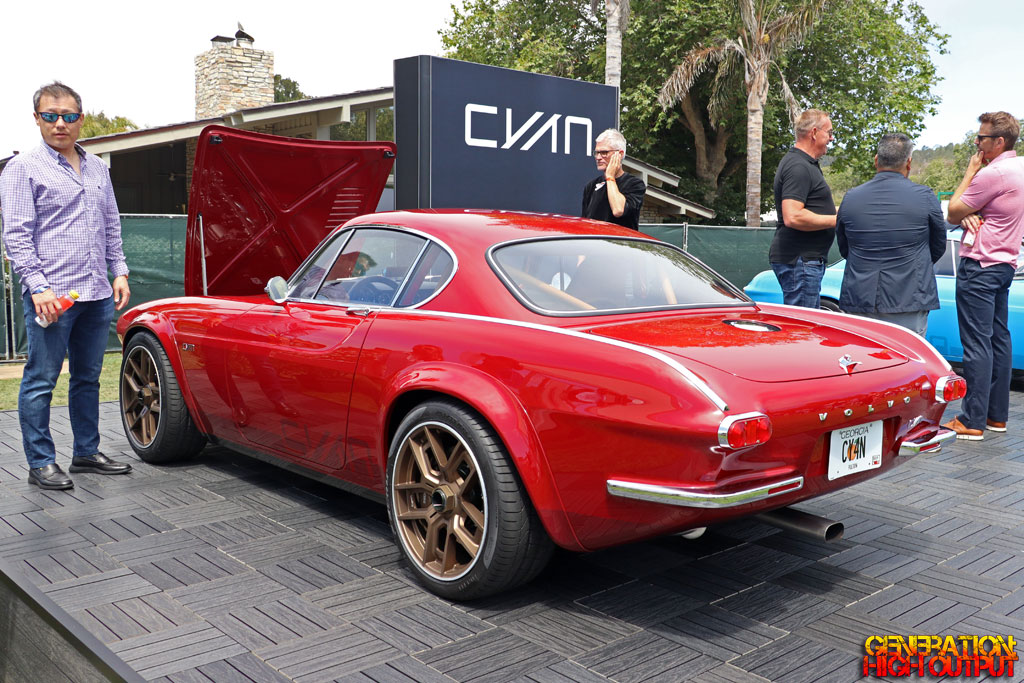 Similar to how Singer upgrades vintage Porsche models but is not a manufacturer, Cyan Racing is offering a similar treatment that requires an original P1800 donor car. During the 12-15 month process, the car is completely reborn as a modern performer with vintage style, completely tailored to the owner’s specifications.
Similar to how Singer upgrades vintage Porsche models but is not a manufacturer, Cyan Racing is offering a similar treatment that requires an original P1800 donor car. During the 12-15 month process, the car is completely reborn as a modern performer with vintage style, completely tailored to the owner’s specifications.
Only a few components from the original car get re-used. The car’s original chassis is upgraded with high strength steel and is then given a multi-layer rust protection treatment. The car is prepared for an in-house designed independent rear suspension and front axle. 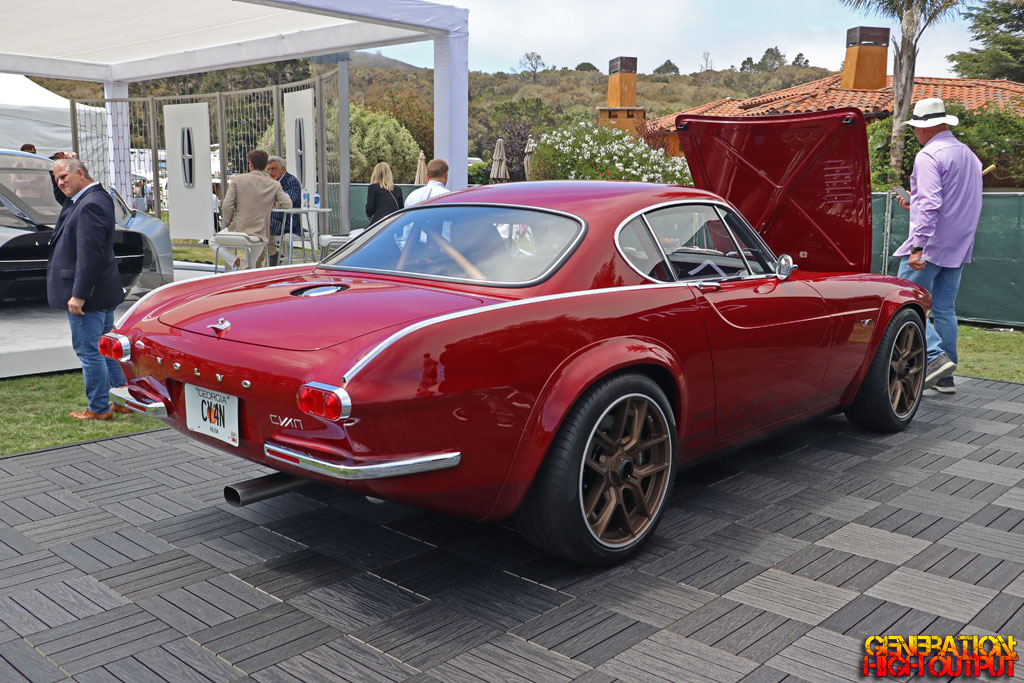 Everything from instruments and light switches to control arms and steering rack are replaced with custom parts manufactured by Cyan or its suppliers. Most impressive is the replacement carbon fiber body shell, which is bonded to the steel chassis using high strength adhesive.
Everything from instruments and light switches to control arms and steering rack are replaced with custom parts manufactured by Cyan or its suppliers. Most impressive is the replacement carbon fiber body shell, which is bonded to the steel chassis using high strength adhesive.
Under the hood is a turbocharged, twin cam 2.0L four-cylinder Volvo engine that produces 420 hp @ 7000 rpm. Coupled to this is a five-speed Holinger manual gearbox and a carbon fiber driveshaft. Every detail has been thoughtfully considered to make this the perfected version of the iconic sixties sports car.
The company had two vehicles on display at The Quail Motorsports Gathering in August 2022. I saw this lovely blue car with a yellow stripe, and a red car with bronze wheels. Both looked absolutely stunning and really showed off the craftsmanship that Cyan Racing is capable of.
Each car is a custom commission, with a base price starting at $700,000 USD. For a one-of-a-kind restomod that is on par with Singer or RML Group, you can be the coolest guy at your local Cars and Coffee in a Volvo P1800 Cyan.










